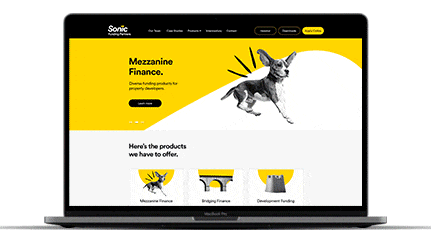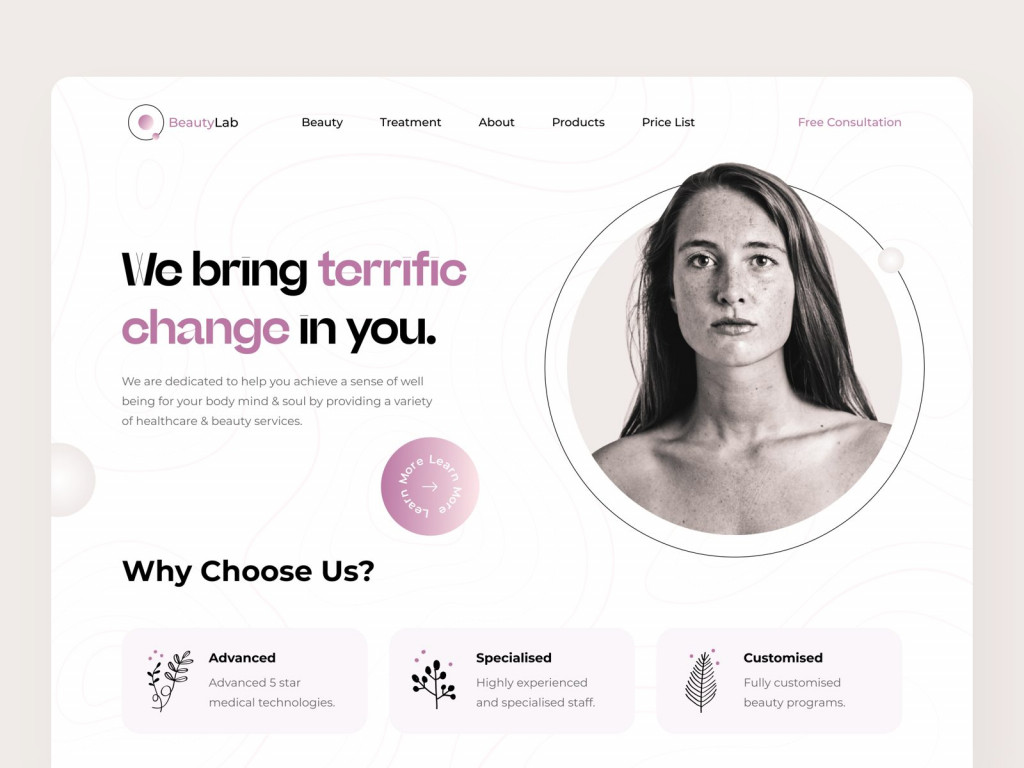Comprehending the Duty of Typography in Website Design Quality
Comprehending the Duty of Typography in Website Design Quality
Blog Article

Crafting a User-Friendly Experience: Important Aspects of Reliable Website Layout
Vital aspects such as a clear navigation framework, receptive layout concepts, and fast loading times serve as the structure for engaging individuals effectively. Recognizing the hidden aspects that add to effective layout can shed light on just how to boost user satisfaction and interaction.
Clear Navigation Structure
A clear navigation structure is basic to reliable internet site layout, as it directly influences user experience and involvement. Users should have the ability to find info effortlessly, as intuitive navigating decreases frustration and urges exploration. An efficient format enables visitors to recognize the partnership in between various pages and material, resulting in longer website visits and boosted communication.
To accomplish clearness, developers ought to use familiar patterns, such as side or leading navigating bars, dropdown food selections, and breadcrumb tracks. These aspects not just boost usability but also supply a sense of orientation within the website. In addition, maintaining a regular navigation framework across all web pages is critical; this experience aids users prepare for where to locate desired details.
In addition, integrating search performance can better assist individuals in locating specific material swiftly. In summary, a clear navigation structure is not just a design choice; it is a calculated element that considerably impacts the general success of a website by promoting a satisfying and effective individual experience.
Responsive Style Concepts
Efficient site navigation sets the phase for a seamless customer experience, which comes to be even much more vital in the context of responsive layout principles. Responsive layout guarantees that internet sites adjust fluidly to numerous display sizes and orientations, enhancing accessibility throughout tools. This adaptability is attained through flexible grid formats, scalable pictures, and media inquiries that enable CSS to readjust designs based upon the tool's characteristics.
Trick concepts of responsive layout include liquid formats that utilize portions instead of dealt with devices, making sure that components resize proportionately. Additionally, employing breakpoints in CSS makes it possible for the layout to change efficiently in between different device dimensions, optimizing the layout for every display type. The use of responsive images is also necessary; photos must automatically adapt to fit the display without shedding quality or causing layout shifts.
Additionally, touch-friendly user interfaces are crucial for mobile customers, with effectively sized buttons and user-friendly gestures enhancing individual communication. By incorporating these concepts, developers can create web sites that not just look visually pleasing yet likewise give useful and interesting experiences across all tools. Ultimately, efficient responsive layout promotes individual satisfaction, minimizes bounce prices, and encourages longer involvement with the content.
Rapid Loading Times
While users significantly expect sites to fill swiftly, fast packing times are not simply an issue of convenience; they are vital for retaining visitors and enhancing overall individual experience. Research study shows that individuals normally desert sites that take longer than three seconds to lots. This desertion can bring about raised bounce rates and lowered conversions, inevitably harming a brand's reputation and earnings.
Fast filling times improve individual engagement and complete satisfaction, as site visitors are a lot more likely to discover a site that reacts promptly to their communications. Additionally, online search engine like Google prioritize rate in their ranking algorithms, implying that a slow-moving web site might struggle to achieve visibility in search outcomes.

Instinctive User User Interface
Fast packing times lay the groundwork for an engaging online experience, yet they are just component of the formula. An instinctive individual interface (UI) is vital to make certain visitors can browse a web site effortlessly. A properly designed UI enables individuals to accomplish their objectives with very little cognitive tons, fostering a seamless interaction with the website.
Secret aspects of an instinctive UI include constant format, clear navigating, and identifiable symbols. Uniformity in design components-- such as color design, typography, and switch styles-- aids customers understand how to communicate with the site. Clear navigating structures, including sensible menus and breadcrumb trails, enable users to locate details promptly, reducing stress and improving retention.
In addition, comments mechanisms, such as hover results and filling signs, educate users about their activities and the site's response. This openness cultivates trust and motivates continued interaction. Prioritizing mobile responsiveness ensures visit their website that users delight in a natural experience across devices, providing to the varied methods audiences accessibility web content.
Available Material Guidelines

First, utilize clear and simple language, staying clear of lingo that might perplex readers. Emphasize appropriate heading structures, which not only aid in navigation but also assist screen readers in analyzing material pecking orders effectively. Additionally, give alternative message for pictures to share their definition to users who depend on assistive technologies.
Comparison is another essential element; make sure that message stands apart against the background to enhance readability. Make certain that video clip and audio content consists of transcripts and inscriptions, making multimedia accessible to those with hearing impairments.
Last but not least, integrate key-board navigability right into your design, permitting customers who can not use a mouse to accessibility all website attributes (website design). By adhering to these accessible material standards, internet designers can develop comprehensive experiences that accommodate the requirements of all users, inevitably improving user involvement and fulfillment
Final Thought
To conclude, the integration of vital aspects such as a clear navigation framework, responsive design concepts, quickly packing times, an intuitive interface, and available material standards is vital for producing an easy to use internet site experience. These elements collectively enhance functionality and engagement, making certain that individuals can easily navigate and connect with the site. Focusing on these design aspects not just enhances overall fulfillment but additionally cultivates inclusivity, accommodating varied individual needs and preferences in the electronic landscape.
A clear navigation structure is essential to efficient internet click here for more info site design, as it straight influences user experience and engagement. In summary, a clear navigating framework is not merely a design option; it is a tactical aspect that considerably affects the overall success of an internet site by fostering a satisfying and reliable customer experience.
In addition, navigate to this site touch-friendly interfaces are essential for mobile customers, with adequately sized buttons and user-friendly motions improving user interaction.While individuals significantly anticipate sites to pack rapidly, quick filling times are not simply an issue of ease; they are important for keeping site visitors and boosting overall customer experience. website design.In final thought, the integration of important elements such as a clear navigating structure, responsive layout principles, quickly filling times, an intuitive customer interface, and available web content standards is crucial for producing an user-friendly web site experience
Report this page